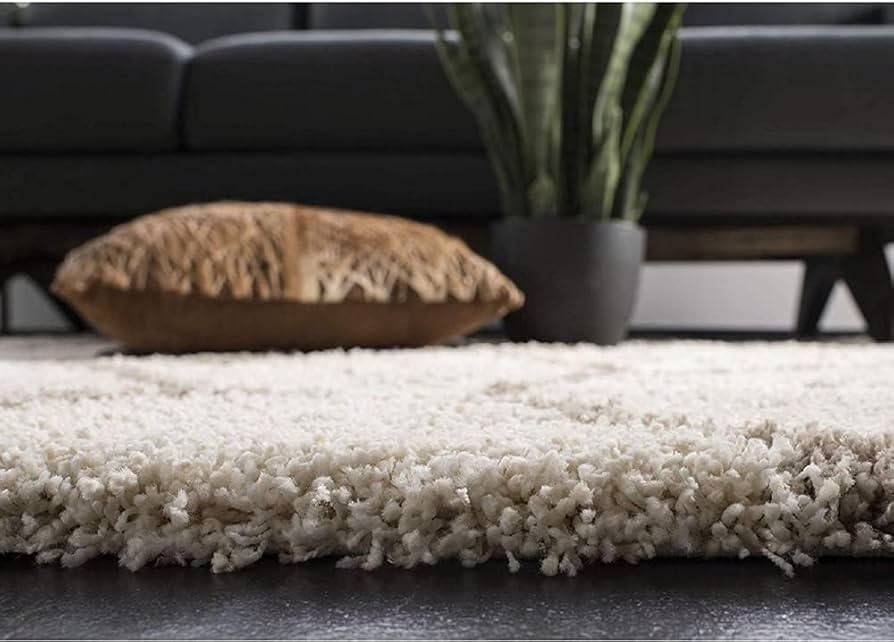Mold can be a persistent issue, especially when it takes root in carpets. For homeowners and businesses alike, knowing how to disinfect mold-prone carpet can save time, money, and ensure a healthy living or working environment. Whether it’s due to humidity or leaks, the need to address moldy carpets is crucial. In this article, we will explore step-by-step methods to effectively clean your carpets and prevent future mold growth.

Understanding the Causes of Mold in Carpets
Mold growth in carpets is often the result of excess moisture. This can come from high humidity, flooding, or leaks. Understanding the underlying causes can help in both treatment and prevention.
Humidity Levels
High humidity levels can create a breeding ground for mold. According to Humidity Levels, its essential to keep humidity under control to prevent mold growth. A dehumidifier can be a valuable tool in maintaining the right indoor environment.
Leaks and Spills
Leaks from pipes or spills that are not cleaned up promptly can seep into the carpet padding and subfloor, creating a perfect environment for mold. Refer to Dealing with Mold for more tips on handling such situations.
Signs of Mold in Carpet
Recognizing the signs of mold early can prevent extensive damage and health problems. Here are a few indicators:
- Musty odors
- Discoloration or dark spots on the carpet
- Allergy symptoms like sneezing or coughing
- Visible mold growth on the carpet surface
Steps to Disinfect Mold-Prone Carpet
Gather the Necessary Supplies
Before starting, ensure you have the right supplies: protective gear, a vacuum with a HEPA filter, mold-killing cleaning solutions, and a scrub brush.
Vacuum Thoroughly
Use a vacuum with a HEPA filter to remove as much mold and spores from the carpet as possible. This is a critical first step in the cleaning process.
Apply Mold-Killing Solution
Using a mold-killing solution, such as a mixture of vinegar and baking soda or a commercial product, apply it generously to the affected area. Allow it to sit for at least 15 minutes.
Scrub the Carpet
Use a scrub brush to work the solution into the carpet fibers. This will help to ensure that all mold spores are removed.
Rinse and Dry
After scrubbing, rinse the area with clean water and blot up as much moisture as possible. Use fans and dehumidifiers to dry the carpet completely.
Prevention Tips for Mold-Prone Carpets
Preventing mold is always easier than treating it. Here are some tips:
- Regularly check for leaks and fix them immediately.
- Use a dehumidifier in damp areas.
- Choose mold-resistant carpets if possible. Learn more about Mold-Resistant Padding.
- Consider dry carpet cleaning methods as detailed in Dry Cleaning.
Alternative Flooring Solutions
If mold continues to be a problem, you might consider alternative flooring solutions. For a comprehensive guide, check Best Flooring Alternatives.
When to Call a Professional
Sometimes, professional intervention is necessary, especially with extensive mold growth. Professionals have the tools and expertise to ensure thorough cleaning and mold removal.

FAQs
How often should I check my carpet for mold?
Regular inspections, especially in humid seasons, can help catch mold early.
Can I use bleach to clean moldy carpets?
While bleach can kill mold on hard surfaces, it’s not recommended for carpets as it can damage fibers and fade colors.
What are the health risks of mold in carpets?
Mold can cause respiratory issues, allergic reactions, and other health problems, particularly in sensitive individuals.
For further guidance on preventing mold in carpets, visit Southern Living’s Guide.
In conclusion, knowing how to disinfect mold-prone carpet is essential for maintaining a healthy home or business environment. With the right tools and methods, you can effectively manage and prevent mold growth, ensuring your space remains safe and comfortable.
This article contains affiliate links. We may earn a commission at no extra cost to you.


